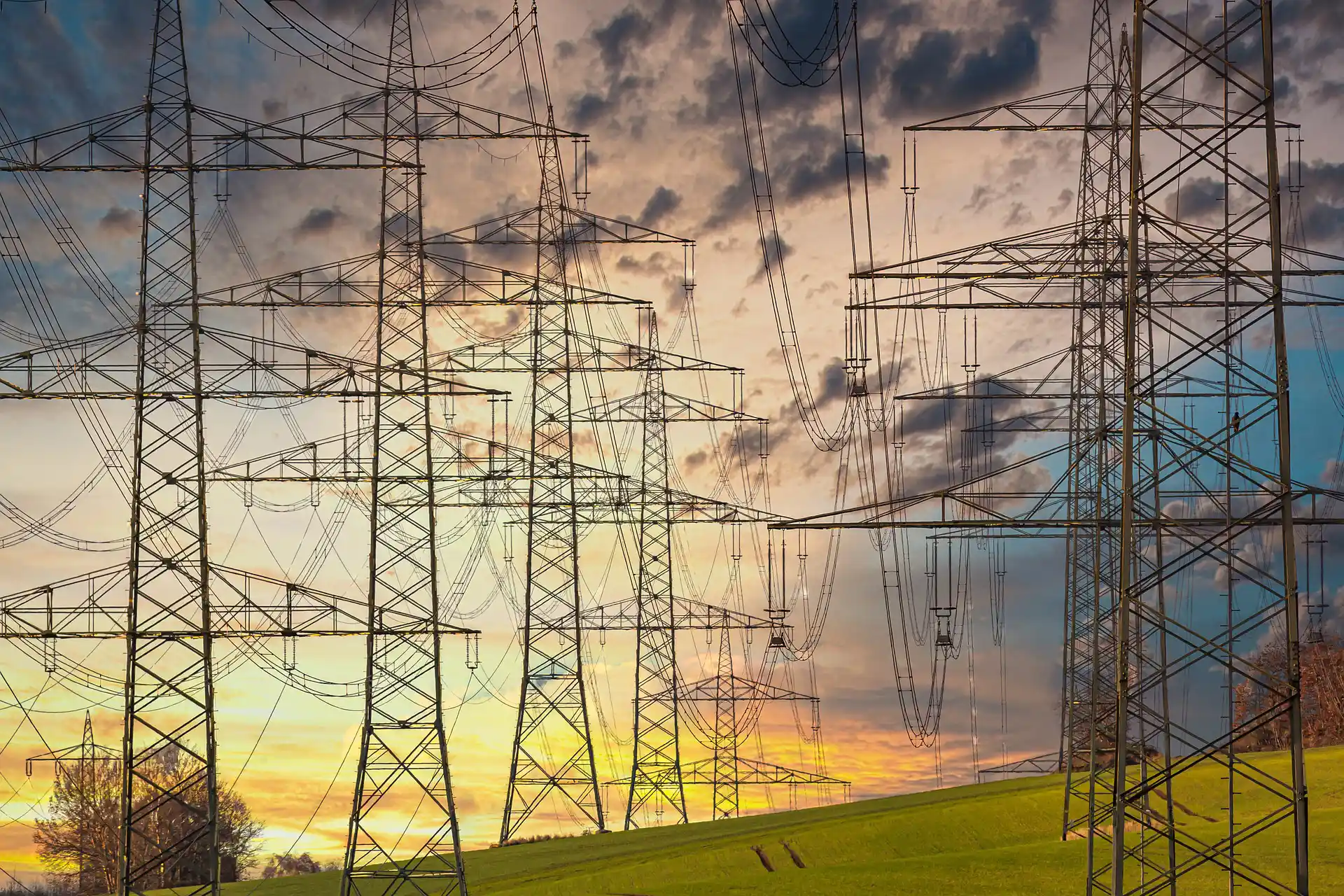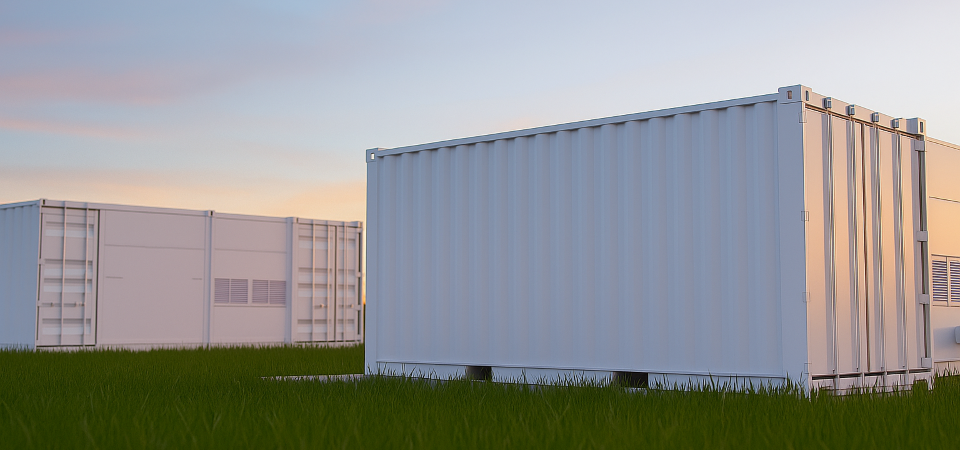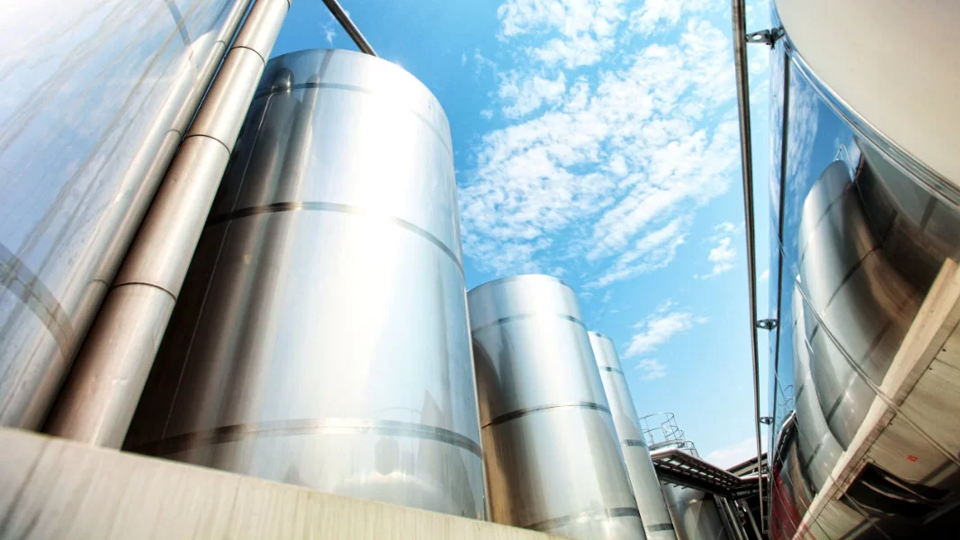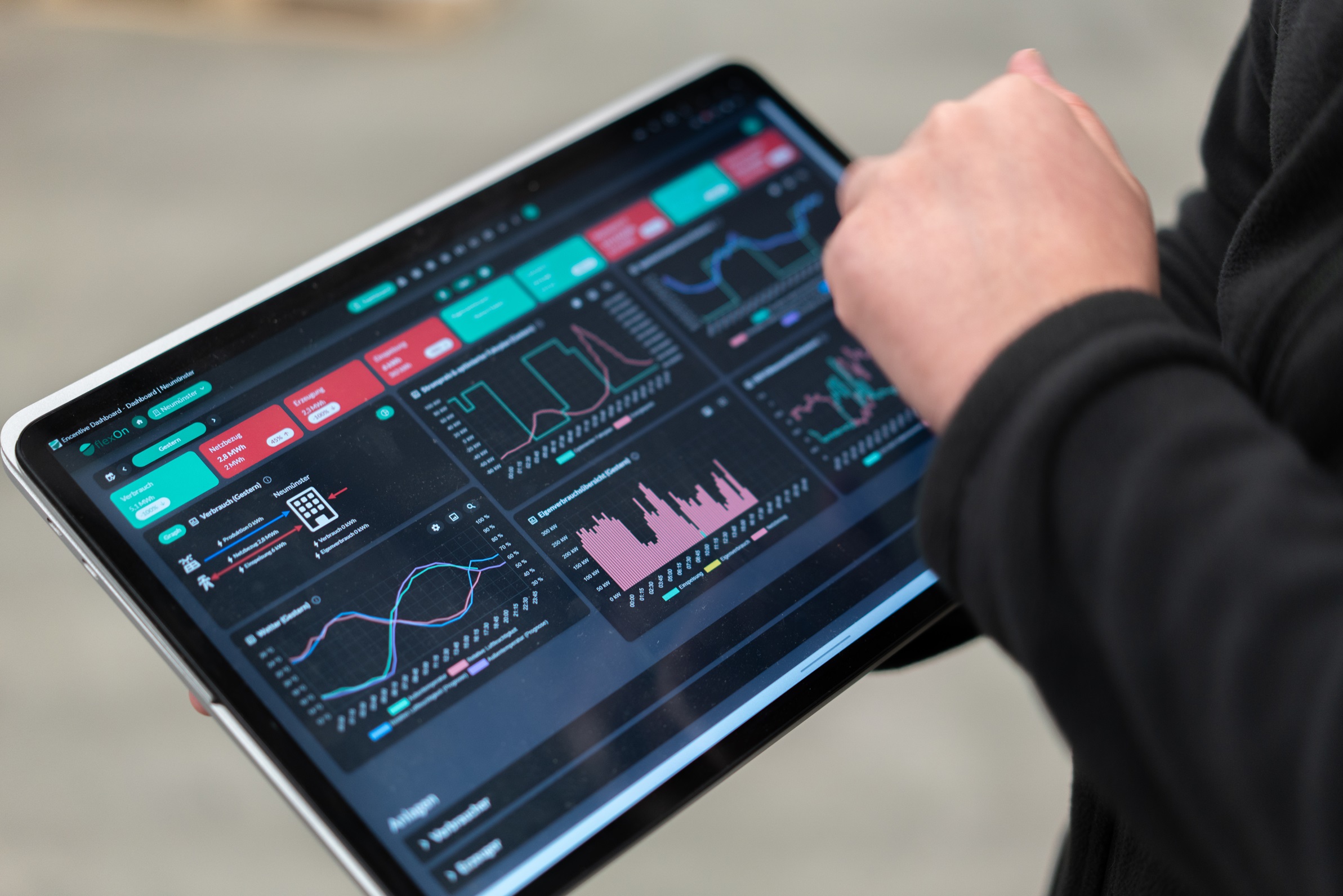BAFA module 3 subsidy: Everything you need to know
BAFA module 3 offers companies the attractive opportunity to receive financial support for energy-efficient measures. In this article, we answer the most important questions about BAFA funding so that you can make the most of funding opportunities.

What is the BAFA subsidy?
The BAFA subsidy from the German Federal Office of Economics and Export Control is aGerman government support program that aims to financially support measures for energy efficiency and climate protection. It is aimed at companies, municipalities and private individuals in Germany who invest in modern and environmentally friendly technologies. The goal is to reduce energy consumption and reduce CO₂ emissions. This article is primarily about subsidies for companies.
The module 3 of BAFA subsidy is part of the German “Federal Support for Energy Consulting for Non-Residential Buildings, Facilities and Systems” program and is aimed specifically at supporting measurement and control technology as well as energy management systems. Companies and other organizations can significantly increase investments in their energy efficiency and save costs in the long term. Energy management systems that comply with DIN EN ISO 50001 standard and are included in the BAFA's EMS list are eligible for support. Our intelligent energy management system for industrial companies is also listed there.
Who can apply for BAFA Module 3 subsidy?
BAFA Module 3 subsidy is aimed at various target groups in Germany. In the commercial sector, both small and medium-sized enterprises (SMEs) as well as large companies can apply for support. Companies with high energy consumption in particular can achieve major savings through the subsidy.
It is important that the supported measures are in the area of energy management and regulation and demonstrably contribute to increasing energy efficiency. Our energy management platform for industrial companies demonstrably does this. The application for BAFA Module 3 is submitted via the BAFA portal and requires appropriate evidence and a detailed concept for the planned measure.
How do you apply for BAFA Modul 3 subsidy?
To apply for BAFA Module 3 subsidy, you must go through a multi-stage process. The application is submitted via the official BAFA online portal. The application process consists of the following steps:
- Registration in the BAFA portal: Before you can submit the application, you have to register in the BAFA portal. This requires basic information about your company.
- Preparation of the application: The next step is to create a comprehensive application. You have to describe in detail which measures you would like to implement, which technology is being used and how the planned measure contributes to increasing energy efficiency.
- Submission of documents: With your application, you have to submit relevant documents such as energy consulting reports, offers from suppliers or service providers, as well as detailed plans and technical descriptions.
- Review by BAFA: After submitting your application, the BAFA reviews all information and documents. The review process can take a few weeks, usually between three and four.
- Approval notice: As soon as the examination has been successfully completed, you will receive the approval notice. Only then can the implementation of the measures begin.
When your company chooses our intelligent energy management system, we will provide you with all necessary information and instructions. This provides you with everything you need to know and the BAFA Module 3 subsidy is just a few clicks away.
When is the BAFA Module 3 subsidy paid out?
BAFA Module 3 subsidy is normally paid out after the measure has been completed. When using energy management systems, the payment is made when the EMS has been put into operation and the invoice has been issued. This means that the applicant initially bears the costs of the investment. After successful review and approval of the subsidy measure by BAFA, up to 40% of the eligible costs will be reimbursed. In the case of our intelligent energy management system, our industrial customers receive up to 40% of the implementation costs and license fees back for the commissioned period.
After the energy management system has been put into operation, a final report must be submitted to BAFA. This usually contains:
- Evidence of proper installation and start of operation
- A description of savings potential and achieved energy efficiency improvements
- Invoices and proof of payment for purchase and installation costs
Once the BAFA has reviewed and approved the final report and the accompanying documentation, the subsidy will be paid out in accordance with BAFA Module 3. On average, this takes around three to six months. Although energy management systems are often continuously improved and maintained, only the one-time purchase and installation are subsidised. Costs for maintenance or future software upgrades are not covered by the subsidy.
Benefits of BAFA Modul 3
- Supports investments in energy efficiency and modern consumption control systems
- Contributes to reducing energy costs in the long term
- Makes a valuable contribution to climate protection through efficiency improvements
By taking the above points into account, you can make the most of the BAFA Module 3 funding opportunities. When you work with encentive, we provide you with comprehensive support. Feel free to contact us at any time to find out more about our intelligent energy management and your funding opportunities.



















